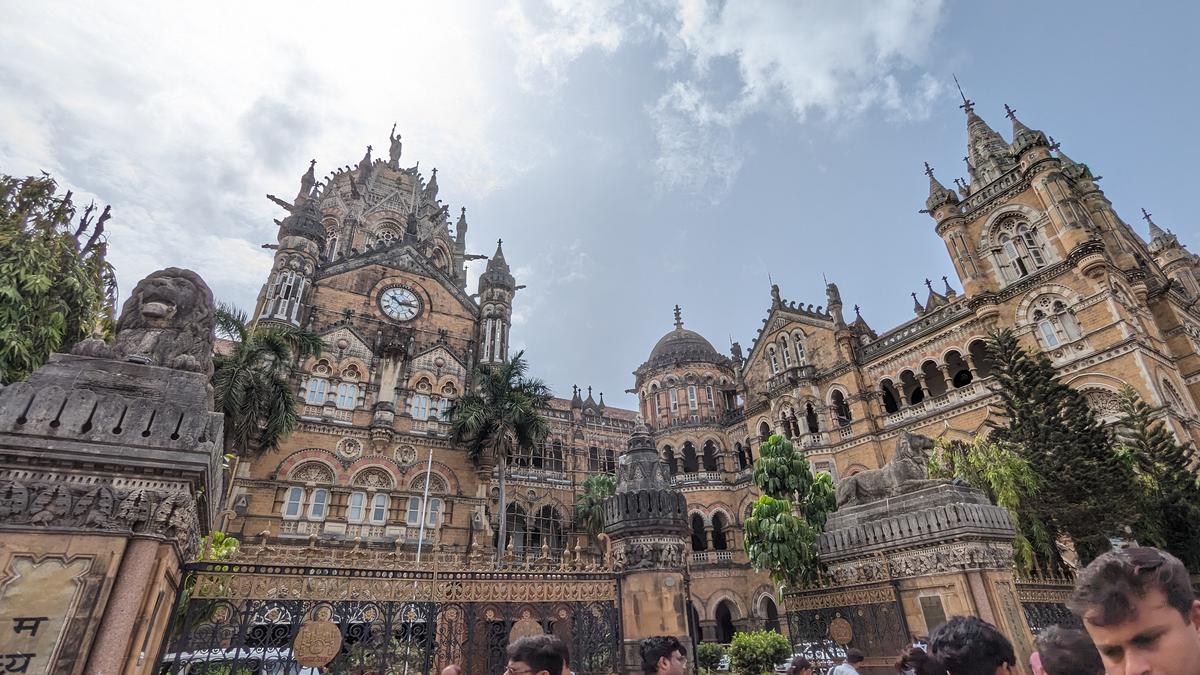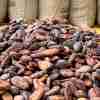
Did you know Mumbai’s Chhatrapati Shivaji Maharaj Terminus houses a museum? This tour delves into its 136 year old legacy
The Hindu
Millions of people use Chhatrapati Shivaji Maharaj Terminus (CSMT) everyday to commute — some to work and some looking for work in the Maximum City. But not many know that there is a museum nestled inside the grand station.
Millions of people use Chhatrapati Shivaji Maharaj Terminus (CSMT) everyday to commute — some to work and some looking for work in the Maximum City. But not many know that there is a museum nestled inside the grand station.
CSMT, formally known as Victoria Terminus (VT), is a beautiful synergy of Victorian Gothic Revival architecture with traditional Indian architectural themes. For Mumbaikars, the CSMT building represents home, in many ways. It is also well loved by movie directors, many of whom use it as a backdrop to emphasise that their story is set in Aamchi Mumbai!
“This building is the cultural icon of the city,” states Adnan Tankiwala, from Raconteur Tours, which runs a heritage walk titled ‘The Crown Jewel of Mumbai: Inside the CSMT Building.’ He adds, “It is the second-most iconic building station in the world after Grand Central Station in New York and a UNESCO World Heritage Site since 2004. “
Since Raconteur Tours got permission to show visitors around the building a couple of months ago, it has made CSMT’s stories and history more accessible for the general public. This couldn’t have come at a better time as June 20 (1887) marks the 136th anniversary of the opening of the station building to the public.
The first passenger railway in India was started in Bombay at this station on April 16, 1853, says Adnan, going on to explain that the train started from here to a suburb in Bombay called Tannah, now known as Thane. For the 55-minute journey, it was pulled by three engines, called — ‘Sahib’, ‘Sind’ and ‘Sultan’ , which departed from Bori Bunder station, which is today known as CSMT. The station was only a small shed then: Bori means sacks and Bundar means port. “Those days sacks of cotton and opium were shipped from here to across the world,” explains Adnan.
At the railway museum, Adnan points at a 1925 electric railways coach that was started in Mumbai: “The electric train first ran in the harbour line and not the western or central line, it was from CSMT to Kurla. Today all the local trains are electric,” he says.
Old photographs of railways and the stations take visitors back in time. There are pictures of Byculla station in 1853, Pune in 1858, Parel in 1875, Nagpur in 1910, Dadar in 1911, Masjid in 1924, Kurla in 1925 and Victoria Terminus in 1929.













